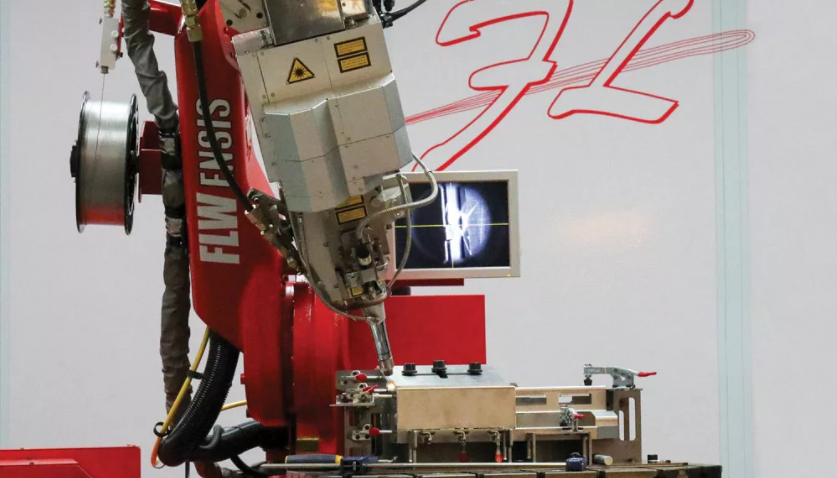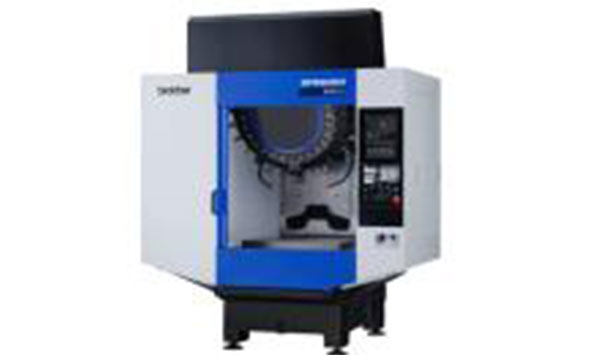5 steps to laser welding success
【导语】 Planning your shift to laser welding works best with a solid plan.
Laser welding for general fabricating has come a long way in the past five years. At this point, it’s a tool that most fabricators understand is a potential method to increase part throughput by speeding the welding process and eliminating post-processing requirements.

“The past year has been a busy one in the market,” said Dan Belz, FLW product manager for Amada America. “People are looking for alternative technologies because they can’t find welders, and for many manufacturers this technology makes a lot of sense.”
At the same time, enthusiasm for the technology doesn’t always match precisely the needs of a particular shop. Belz discussed with Canadian Fabricating & Welding five steps to ensure your laser welding project will be a success.
1. Review Your Materials
Laser welding initially seemed best suited for stainless steel, which can be awkward to weld and requires a pristine finish on completion.
However, now the ability to manipulate the focus of the laser beam allows deeper penetration in mild steel too with the use of a deep-penetration (keyhole) welding technique, which might be compared to gas metal arc welding. The heat penetrates completely through the leading edge of the molten weld metal. As the heat source progresses, the molten metal fills in behind it to form the weld bead. With this technology, shops can achieve a stronger weld (load per weld bead area). And because the heat input into the workpiece is much lower than with GMAW, the weld is less susceptible to issues such as cracking. Lower heat also means lower distortion on the part.
“About 90 percent of the projects we’re working on with customers use this deep-penetration welding technique,” said Belz.
But as Belz explained, once the metal gets over a certain thickness, the payback just isn’t there.
“Anything bigger than 1/8 in. we generally don’t encourage,” he said. “That thickness on aluminum, for instance is the maximum we’ll do in that material for good penetration. We can certainly weld mild steel from 1/8 to ½ in., but the weld specifications for many jobs in these thicknesses don’t suit a laser welding system.”
2. Solidify Your Design
The development of an assembly can take time, but before you can consider a part for laser welding, the basic design has to be solidified.
“If you make a design change late in the game, that might mean the fixture you’ve created for the part won’t fit. A fixture is designed for precise specifications; you can’t change that on a dime. Make sure the essential design is set. Once you start working on fitment, some details might be altered but that will be strictly related to process choices, not the shape of the final assembly.”
3. Consider Your Fitment
Once you’ve got a design finalized and ready to go, consider how it can run most efficiently through your full manufacturing process. It may be that once you switch an assembly over to laser welding, how the individual parts of the assembly are formed may change.
“One customer of ours added 30 in. of weld to one of their assemblies because it saved them more time not having to bend individual sections,” said Belz.
As Belz explained, fitment decisions usually don’t mean redesigning a part.
“Sometimes you simply have to tweak a design for proper fitment,” he said. “In one case, where a customer was building a lamp using three parts in a fixture, we did redesign it fairly significantly for welding. But it didn’t change the shape of it, it simply involved changing how they slot-tabbed it and other adjustments to minimize any potential for distortion.”
4. Consider Fixturing Options
Once the design and fitment are locked in, it’s possible to design your fixturing for best fit. Fixturing is seen as the big hurdle to adopting laser welding, but a variety of options are making it easier to create fixturing relatively promptly. Because distortion is much less a concern with laser welding compared to traditional welding, for instance, fixtures can be made from sheet metal.
Additionally, automated fixturing options have been developed that can speed up part changeout times.
Once a fixture is created, the repeatability creates its own advantages of speed and accuracy.
Once your shop is comfortable with the technology, you also can get more creative with fixturing. Some have created adjustable fixtures for products of different sizes.
However you approach fixturing, Belz said that it’s important to remember that it is key to working with the technology.
“Success with laser welding all comes down to fitment and fixturing,” he said.
5. Think Outside the Box
Belz considers thinking creatively to be critical in getting continuous value from your laser welding investment.
“Customers that have already invested in the machinery are finding new ways to do other work using laser welding, and we work with them to fine tune those innovations,” he said.


-1705282912130.JPG?x-oss-process=style/watermark)
-1698134847696.jpg?x-oss-process=style/watermark)

